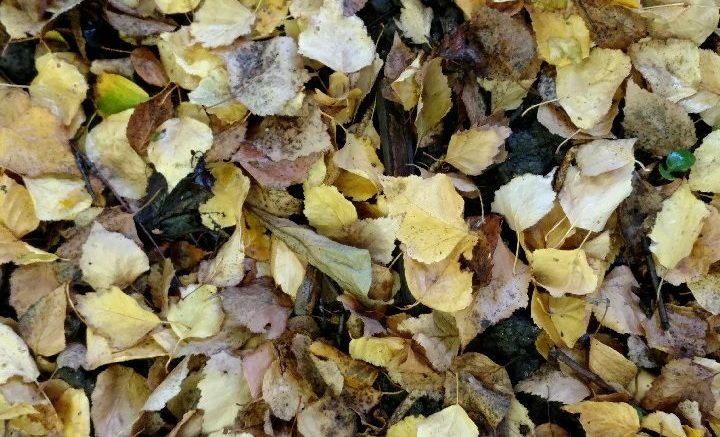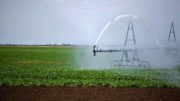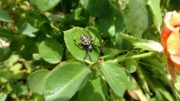Turn all that foliage into free mulch
“What am I going to do with all these leaves?”
Ankle deep in fallen foliage, that’s a common predicament. Do you pile them into the street (as many Sacramentans do) or dump them into yard waste containers?
There’s another alternative: Recycle your leaves into mulch.
Fall leaves are nature’s best mulch. In forests and woods, layers of leaves protect tree roots during cold months and replenish soil nutrients. This month, take a cue from nature: instead of raking away this resource, mulch your leaves.
Those leaves are good for your soil and plants. Even better, they’re free and right there, ready to recycle. Making mulch is easier than bagging them up.
When mulching, use leaves free of disease or pests. For example, don’t mulch or compost peach foliage infected with leaf curl. If birch leaves are super sticky, they most likely harbor aphids.
That still leaves a lot of leaves. Small or easily crumbled foliage works best. It can be applied directly to vegetable and flower beds or placed under trees and shrubs. Spread a single layer 2 to 3 inches thick or more.
Chop up large leaves such as sycamore with a lawn mower. Spread the leaves in a single layer on the lawn, then mow over the leaves. After a couple of passes, the leaves are mulch ready.
Save some leaves for composting, too. Dried fall leaves add the “brown” to balance greens in an active compost pile. If you have space, stash a few big bags of leaves to add to your compost next spring.
As for Sacramento’s street leaf piles, they’ll become mulch, too.
“We take them to the Elder Creek Transfer Station,” explained Erin Treadwell, spokesperson for Sacramento’s Recycling and Solid Waste Division. “They’re processed for land applications. Contractors then take them out to farms.”
In the farm-to-fork capital, those city leaves will be turned into mulch for Delta farms, completing a circle of life. How’s that for recycling?
Gone native?
Do you love native plants? Is your landscape filled with California natives? Can your garden inspire others?
Then, your garden may be a candidate for the 2020 Gardens Gone Native Tour.
Hosted by the Sacramento Valley Chapter of the California Native Plant Society, the tour has quickly grown into a major event, attracting hundreds of patrons. The 2020 tour celebrates the event’s 10th anniversary.
Organizers are recruiting possible tour stops now. Deadline for applications is Jan. 15 with the tour scheduled for April 25.
“Interest in California native plants continues to grow,” said Colene Rauh, a member of the tour’s organizing committee. “Sharing your own garden and experiences helps others learn about the aesthetic, water efficient and habitat restoration benefits of California natives.”
Gardens on the tour should be planted in at least 50% California natives and located in either Yolo or Sacramento counties. Both home gardens and private businesses will be considered.
If you would like more information or would like to apply for the tour, visit sacvalleycnps.org/ggn. Or email gardensgonenative@gmail.com.






Be the first to comment on "Fallen leaves"